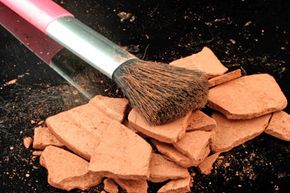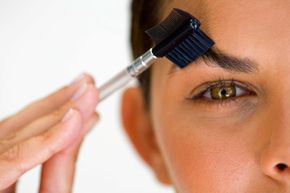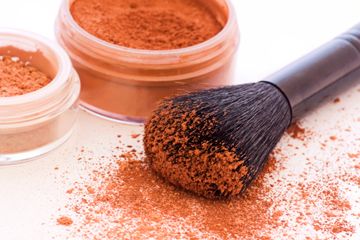The way you apply your makeup is almost as important as the makeup you choose. That's the opinion of some beauty experts, anyway. The days when a little greasepaint would make you look dramatic and alluring are as outdated as silent movies. Today's woman strives for a look that's healthy and natural, but that doesn't mean a no-makeup lifestyle. The trick to a fresh face and flawless complexion may be a good night's sleep and a healthy diet, but plan B is often 21st-century artistry in the form of a little ingeniously applied makeup.
Enter the makeup brush. Most specialized tasks require specialized tools, and applying makeup is no exception. Think of your face as an artist's canvas. You're the artist, and the right brushes and cosmetics allow you to smooth out the rough spots, add careful shading and -- well, improve on the original in a way that's subtle enough to pass muster, even on a sunny day. That's what the right makeup brushes do. They refine your look. If you want to face the world with effective but understated makeup, forget your finger and grab a brush.
Advertisement
Although there are lots of specialized makeup brushes on the market depending on the cosmetic products you're interested in using, you probably only need four or five to perform most makeup application tasks well. Let's get under the bristles of seven different makeup brushes to see what all the fuss is about. Stroke for stroke, these beauties are worth the price you'll pay to bring them home.




